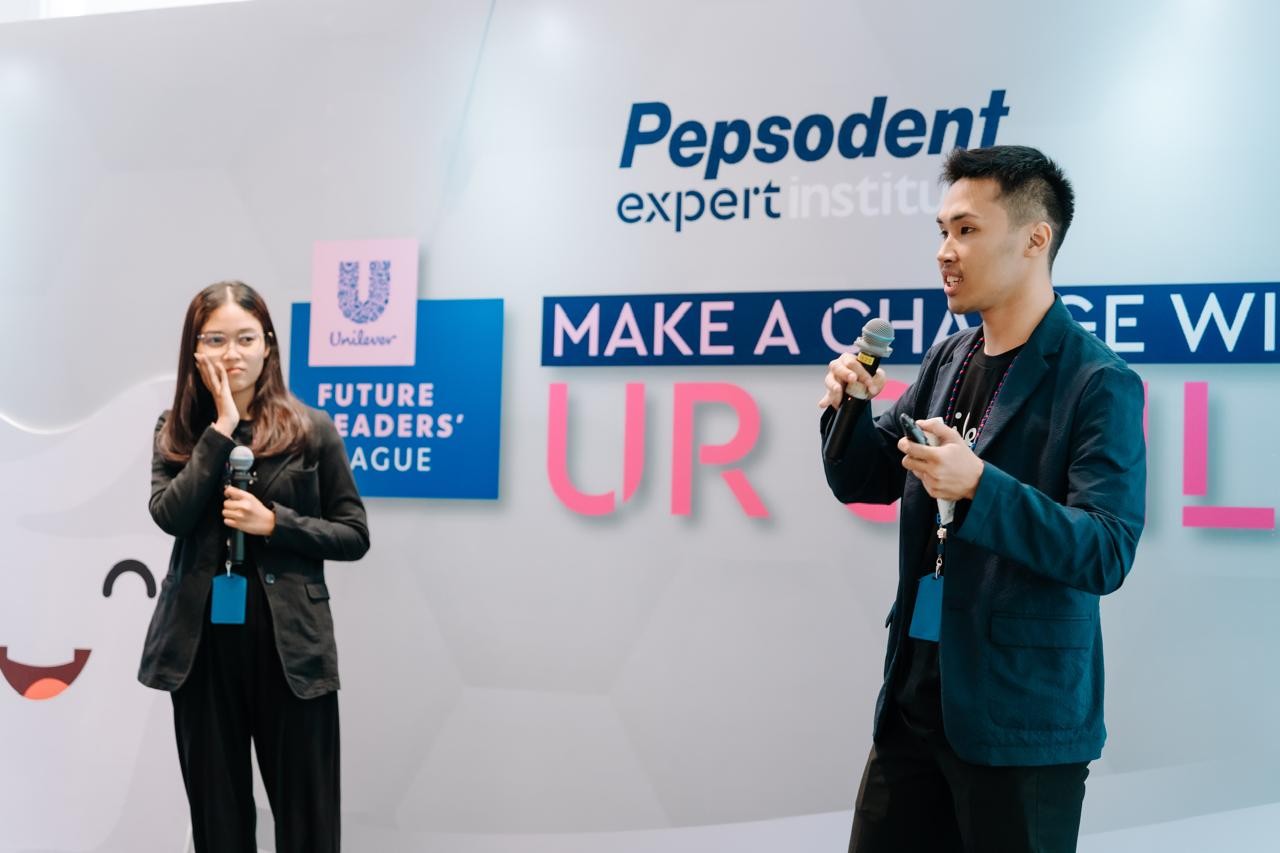Introducing Nanotechnology in Cosmetic Industries to Students at Nanoteens 2021
By Adi Permana
Editor Adi Permana

Hand sanitizers and gels made by ITB Research Center for Nanoscience and Nanotechnology (Source: LPPM ITB)
The ITB SF (School of Pharmacy) professor, Prof. Dr. apt. Heni Rachmawati, M.Si., described the applications of nanotechnology in cosmetics. She listed the various types and uses of nanomaterials, such as their characteristics and potential in dermal absorption and toxicity. Additionally, she talked about the regulation for each nanomaterial in the industry.
The Nanoteens 2021 event aims to be a PPNN ITB activity that educates the public- especially the younger generation- about nanoscience development in Indonesia. In this year’s Nanoteens, a webinar was held to discuss the benefits of nanotechnology in the cosmetic industry.
According to Prof. Heni, nanotechnology is not only utilized in cosmetics, but it is also widely used in all aspects of human lives. She added that cosmetics are for all ages and gender because of their cleansing function.
“With nanotechnology, the particle size of the components can be reduced, and its application can be more effective,” she stated.
This year’s Nanoteens invited several specialists from various study fields. They were Prof. Dr. apt. Heni Rachmawati, M.Si., Dr. apt. Amirah Adlia, Dr. Fitria Dwi Ayuningtyas, and Dr. Damar Rastri Adhika, S.T., M.Sc.
Dr. Fitria from the biotechnology field of study described the high potential of implementing exosomes in nanocosmetics. Exosomes are couriers that deliver the required substances- such as genetic materials, proteins, lipids, cytokine, transcription receptors, and bioactive components- from one cell to another. They can act as a medium in future health therapy and repair damaged body tissues.
In cosmetology, exosomes can generally help in healing. This includes scar removal, skin rejuvenation, pigmentation regulation, and hair growth. Dr. Fitria also introduced one of PPNN ITB’s devices for nanotechnology implementation, which is the Confocal Laser Scanning Microscope.
In her session regarding the effectiveness and toxicity of SPF, Dr. Amirah from the pharmacy field of study explained that the addition, concentration, and clinical trials of additives (dyes, preservatives, fragrance, etc.) must be examined when choosing cosmetic products. These cosmeceuticals can be classified into four groups: anti-inflammatory agents, depigmenting agents, barrier-enhancing agents, and antioxidants.
“Usage of nano cosmetics must pay attention to its safety as well,” she added.
Dr. Damar explained that nanotechnology comprises several disciplines. For example, physics, chemistry, biology, biotechnology, engineering, material science, medicine, and information technology. Its application requires the synthesis of biological nanoparticles with the help of plant or bacterial extracts for a safer procedure. She also presented several innovations made by PPNN ITB, such as the hand soap with nano-sized olive oil emulsion, sunscreen with nanoparticles of CeO2, antibacterial sprays, hand sanitizers, and flexible electrodes.
Reporter: Laurahoney Azzahra (Teknik Pangan, 2019)
Translator: Ruth Nathania (Teknik Lingkungan, 2019)

.jpg)
.jpg)
.jpg)
.jpg)
.jpg)


